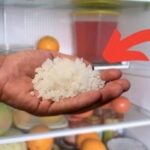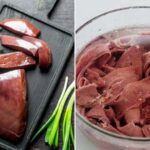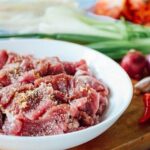Effective Methods to Restore Non-Stick Coatings
Using milk to restore the non-stick coating on a pan is a simple, cost-effective, and easy-to-do method. Milk contains Casein protein, which, when heated, forms a protective film on the pan’s surface, naturally restoring its non-stick properties.
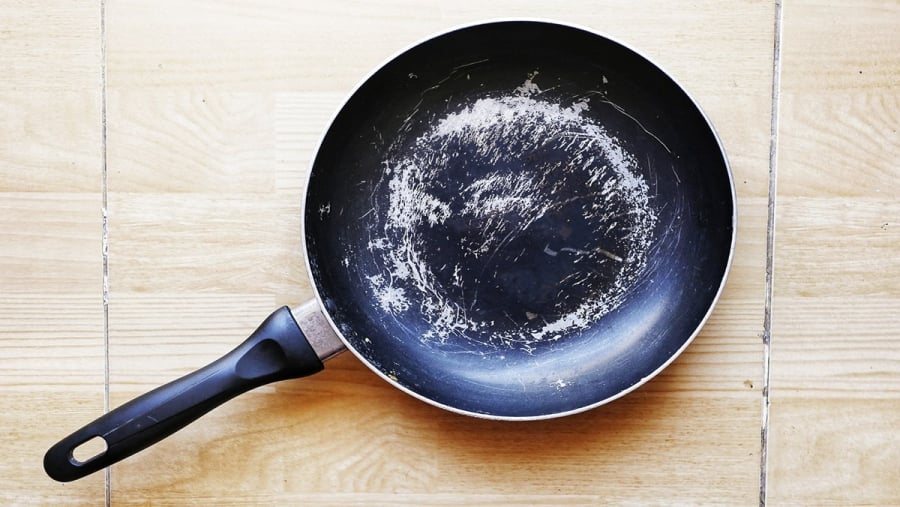
Instructions:
- Pour enough milk into the pan to completely cover the surface (you can use sweetened or unsweetened milk).
- Boil the milk over medium heat for about 5 minutes, being careful not to let it boil over.
- Once the milk has boiled, turn off the heat, pour out the milk, and rinse the pan to remove any milk residue.
- Test the non-stick properties by frying an egg; if the egg doesn’t stick and flips easily, the non-stick coating has been successfully restored.
Restore Non-Stick Coating with Potato
Preparation:
- 1 potato
- A small amount of salt
Instructions:
- Peel and rinse the potato, let it air dry, then cut it in half.
- Sprinkle salt on the cut surface of the potato, then use it to gently scrub the pan’s surface, especially where the non-stick coating is peeling. Afterward, rinse the pan with water and wipe it dry.
Potatoes not only help clean the non-stick coating but also remove rust thanks to the natural acids in the potato. Additionally, substances such as riboflavin and folate in potatoes support the effective restoration of the pan’s non-stick coating.
With this method, you can maintain and prolong the lifespan of your pan without having to buy a new one.
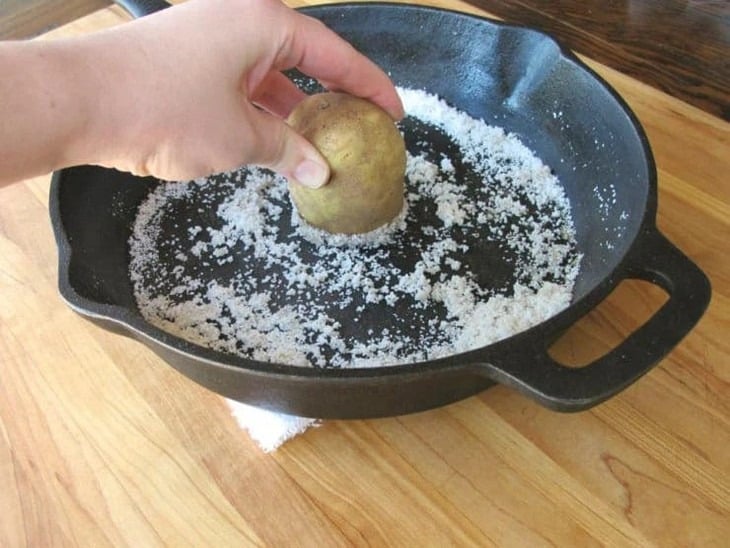
Restore Non-Stick Coating with Coconut Oil and Salt
Combining coconut oil and salt is a simple yet effective method to clean and restore the non-stick coating of your pan. This technique improves the pan’s performance and prolongs the life of the non-stick coating.
Preparation:
- 1 tablespoon of coconut oil
- Salt
- Clean paper towels
Instructions:
- Place the pan on the stove, add the coconut oil, and heat it. Then, coat the entire surface of the pan with the oil.
- Heat the oil for about 2-3 minutes until it boils, then pour it out and sprinkle salt over the entire pan.
- Use a paper towel to gently scrub the pan’s surface with the salt, then pour out the salt and wipe the pan clean with another paper towel.
Some Notes on Using Non-Stick Pans
- Avoid heating an empty non-stick pan for extended periods, as it may release toxic fumes from the Teflon coating. Always dry the pan before cooking.
- Do not cook at extremely high temperatures to protect both the non-stick coating and your health.
- Ensure proper ventilation during cooking to vent smoke and toxic fumes.
- Use wooden or silicone utensils instead of metal ones to avoid scratching the non-stick surface.
- Clean the pan with a soft sponge to protect the non-stick coating.
Criteria for Choosing a Good Quality Non-Stick Pan
- Non-Stick Coating Material: Prefer pans with stone or ceramic coatings for their durability and safety.
- Pan Material: Cast iron pans retain heat well, stainless steel is durable and safe, and aluminum alloys are lightweight and easy to clean.
- Pan Bottom Construction: A one-piece cast bottom is durable and conducts heat well; a flat bottom conducts heat evenly; a joined bottom is cheaper but less durable.
- Compatibility with Stovetops: For induction cooktops, choose a pan with a flat, magnetic bottom (test with a magnet). Non-stick pans are suitable for gas and infrared stovetops.
- Weight: Cast iron pans are heavy but retain heat well; aluminum pans are lightweight and widely used.
Choosing a pan that suits your needs will help you cook efficiently, protect your health, and save time.


























